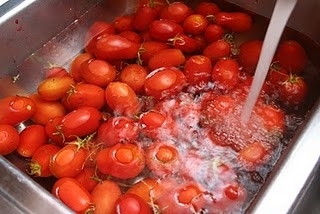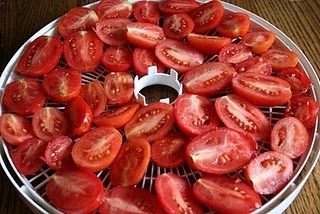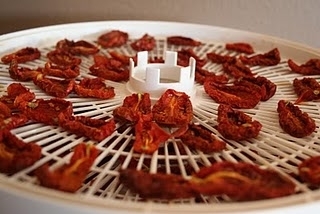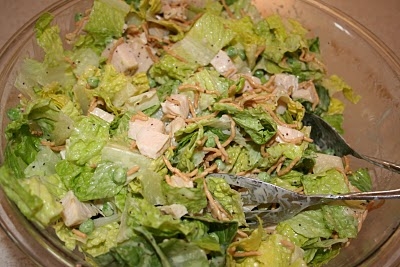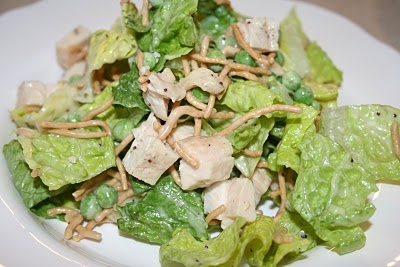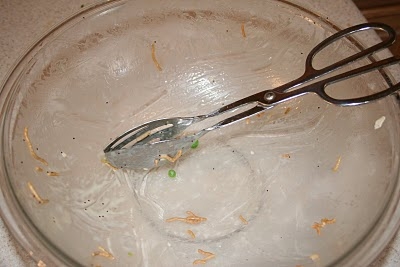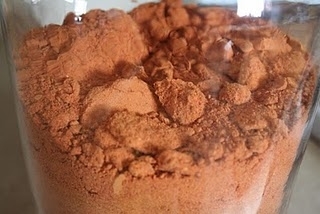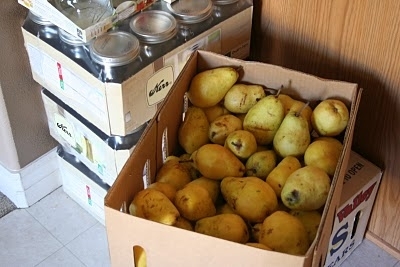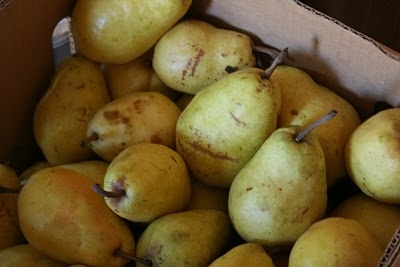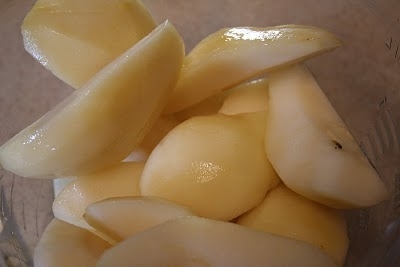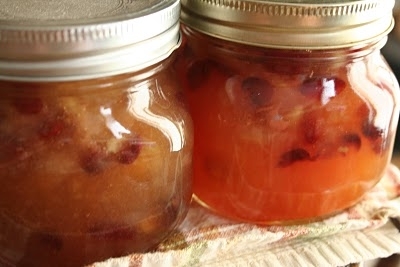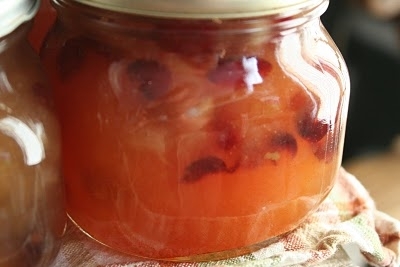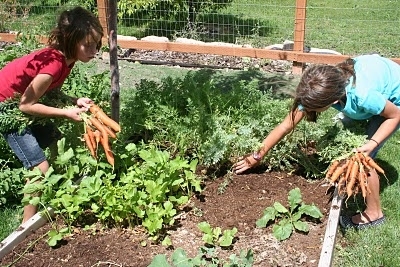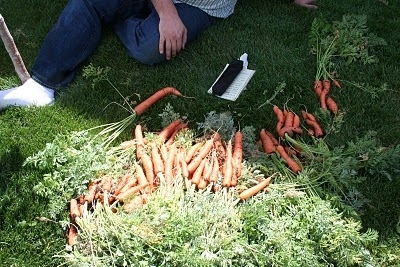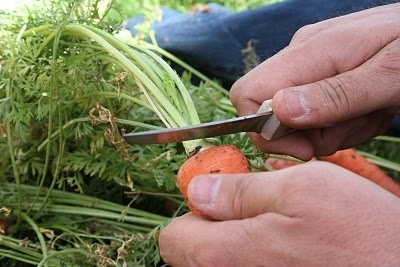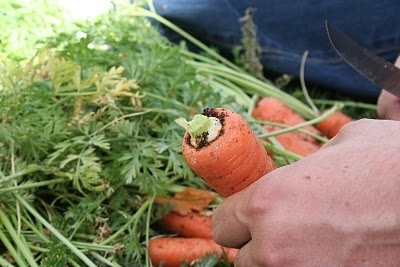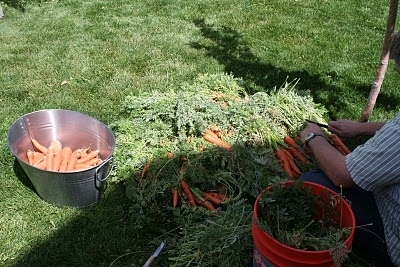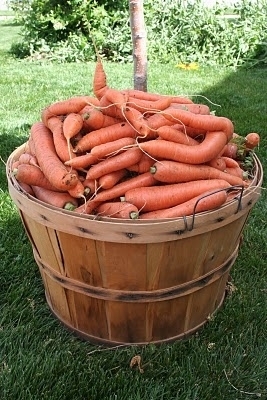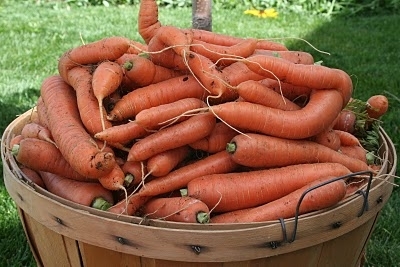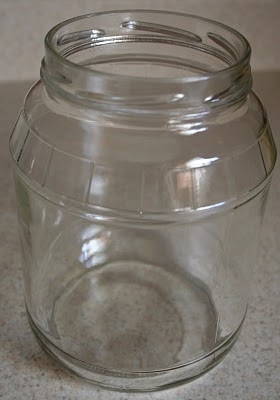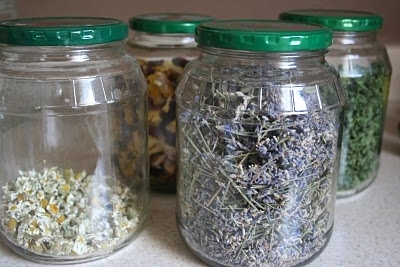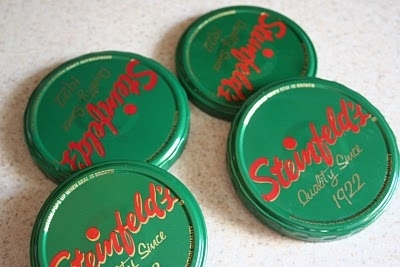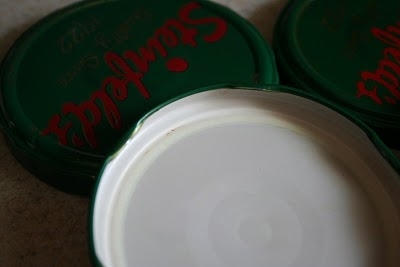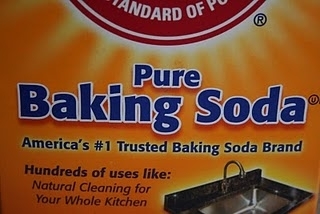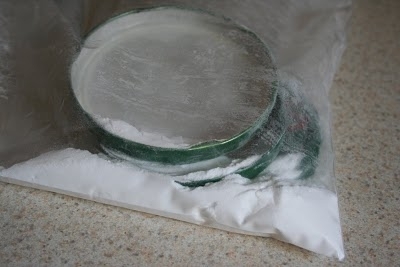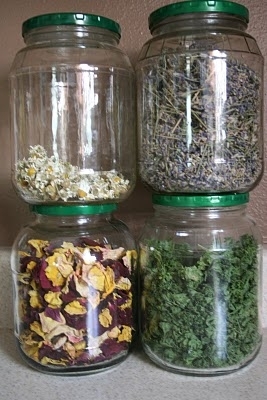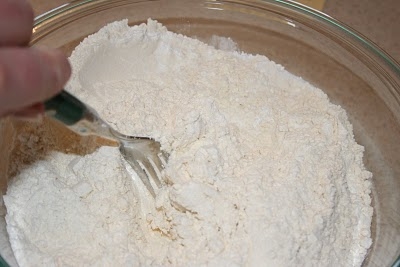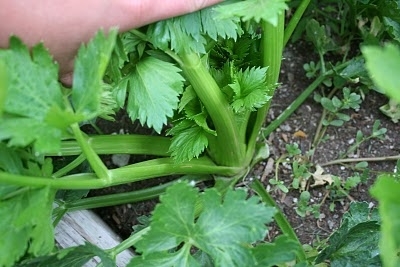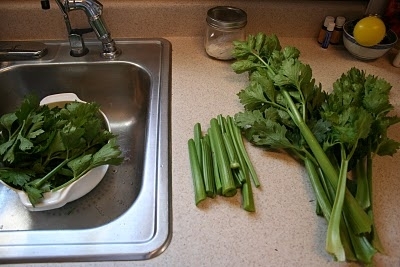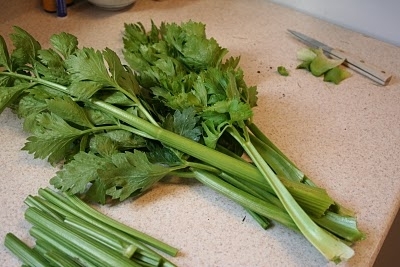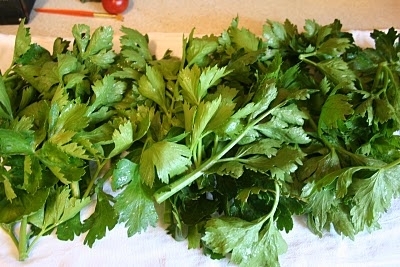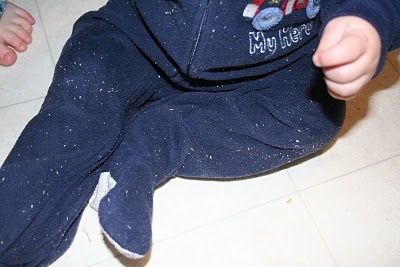Drying tomatoes is a simple process. I just washed them and cut them in half. My tomatoes were Roma’s a nice meaty paste tomato, meaning there isn’t a lot of water, perfect for drying. If you are using bigger slicing type tomatoes, then you would need to cut them into 1 inch slices, you can also dry cherry tomatoes, just poke a hole in them, so the water can escape and they can be dried whole.
It took about 2 days to dry the tomatoes crispy. In order to grind them into a powder (which was my goal) they need to be good and crisp. If you plan on keeping them in oil, they don’t have to be crispy, just nice and rubbery.
I dried over 100 pounds of tomatoes, and they all fit in two gallon jars and a couple of pickle jars.
I then ground up the dried tomatoes in my blender, nice and fine to create a powder. They compacted down quite a bit in powder form, wonderful if you don’t have a lot of storage space and want to preserve food.
I left a few whole tomatoes, to add to soups and stews throughout the winter.
I am figuring (I am not an expert so this is just my own thoughts) that if oxygen packs were added to the jar, this powder would store for several years.
Now, how does one use this powder?
To one cup powdered tomatoes, add the following….
Tomato Juice:
Tomato Sauce:
Tomato Soup:

